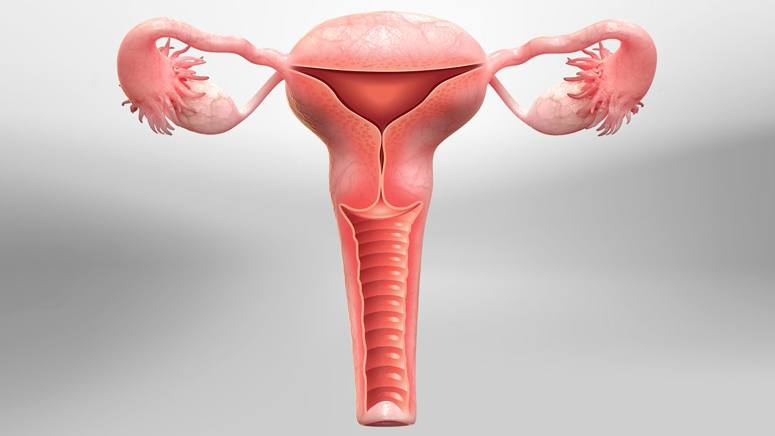What to Know about Hysterectom

Hysterectomy is a surgical procedure in which the uterus is removed. There are different types of hysterectomy. Hysterectomy can be done partially, this is also known as a supracervical hysterectomy. It involves the removal of only the upper part of uterus and your cervix is left in place. This is also known as a supracervical hysterectomy.
There’s also a total hysterectomy. This is when both the uterus and cervix are removed, also known as a radical hysterectomy. A radical hysterectomy, or a total hysterectomy with bilateral salpingo-oophorectomy, is when the uterus and cervix are removed along with surrounding structures, such as the ovaries and fallopian tubes.
The most common reason for a hysterectomy is uterine fibroids. Others reasons include:
- endometriosis [1]
- adenomyosis [2]
- uterine prolapse
- abnormal bleeding
- chronic pelvic pain
- a gynecologic cancer or precancer
There are three ways to perform a hysterectomy:
- abdominally, through a surgical incision
- laparoscopically
- vaginally
Your doctor will decide what method is best for you depending on the reason for the surgery and other health considerations. Hysterectomy is the second most common surgery among women, after cesarean delivery.













